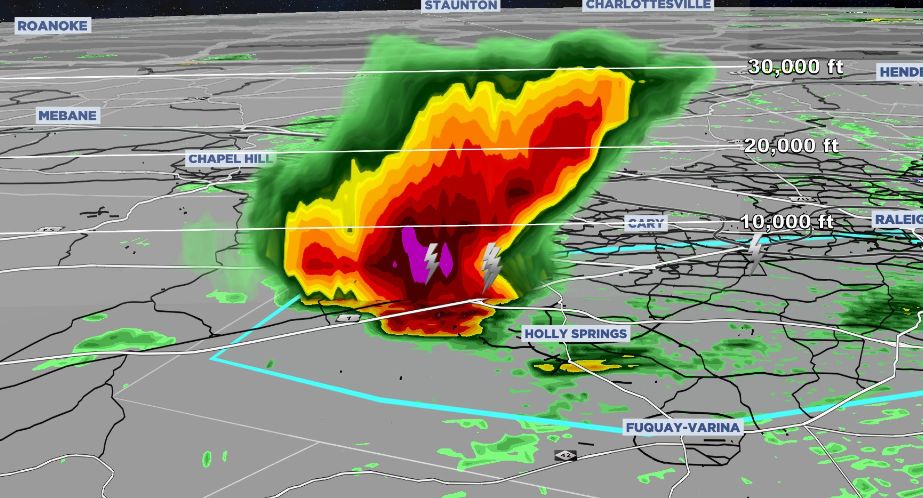You’re at home on a hot summer day and you made plans to have your child’s birthday party at the park this afternoon. Suddenly, you see the sky get dark and hear a faint rumble of thunder.
When you turn on the TV to see where the thunderstorms are, you discover that the radar your community relies on is out of service and isn’t available for meteorologists to track the incoming thunderstorms.
What do you do?
The WSR-88D system (Weather Surveillance Radar 1988 Doppler) is an advanced radar system which detects and tracks severe weather events like thunderstorms, showers and winter weather.
Meteorologists use WSR-88D radar for real-time information about current conditions and giving warning of impending events threatening public safety, but it’s not always available.

WSR-88D’s radar system comprises multiple components. These include its transmitter, receiver, signal processor and display system and its antenna - which serves to transmit and receive radar energy - often mounted atop towers to ensure clear views in all directions of its surroundings.
The antenna emits high powered radar energy, which the transmitter detects before amplifying for meteorologists’ interpretations. The signal processor then analyses this data to generate images depicting rainfall or storm movement that meteorologists can translate for the public.
Qualified technicians who perform regular maintenance inspections, repairs, upgrades and enhancements of both software and hardware systems. A team of experienced technicians also assists them in running the WSR-88D radar system.
Since March 2013, the WSR-88D Service Life Extension Program has included four independent projects executed in a series with some overlap. The program is expected to be completed this year.

The WSR-88D is considered by many to be the most powerful radar in the world, transmitting at 750,000 watts (an average light bulb is only 75 watts)! With power like that, regular maintenance is critical to maintaining this technology's reliability.
During the outages, radar coverage should be available from adjacent National Weather Service radar sites. Although western parts of the continental United States have a little overlap of radar coverage, there are other options besides your closest radar for information on where showers and thunderstorms are taking place.

Other sources for helpful data include satellite data or ground observations from storm spotter reports or even live remote cameras in order to track weather conditions. This real-time information may prove vital during severe storm events when advanced warnings must be provided immediately in order to protect public safety.
You can be sure your Spectrum News meteorologists will have these and other tools ready at their disposal during the planned outages but it's important to be especially weather aware when the outages occur.
Our team of meteorologists dives deep into the science of weather and breaks down timely weather data and information. To view more weather and climate stories, check out our weather blogs section.





